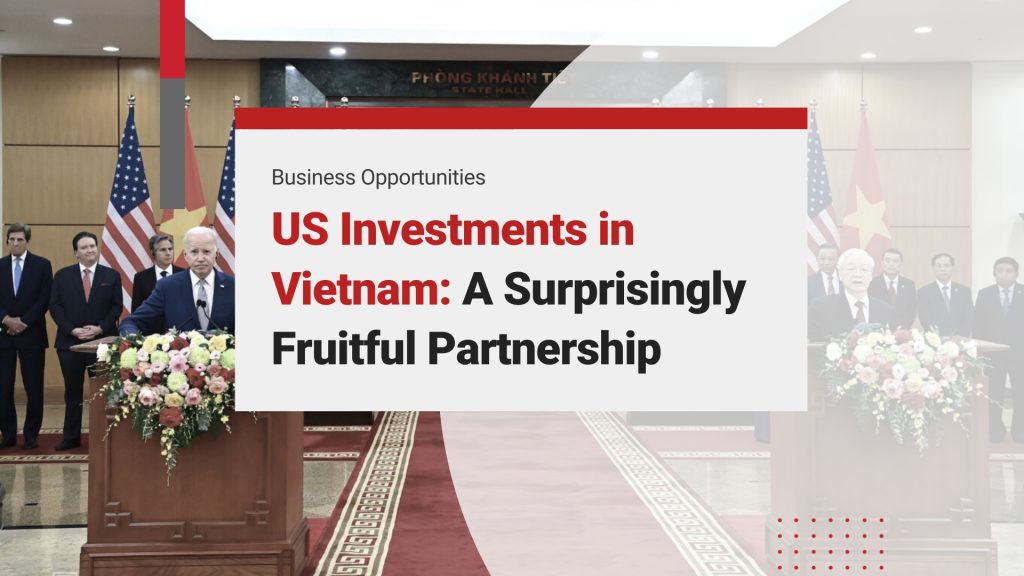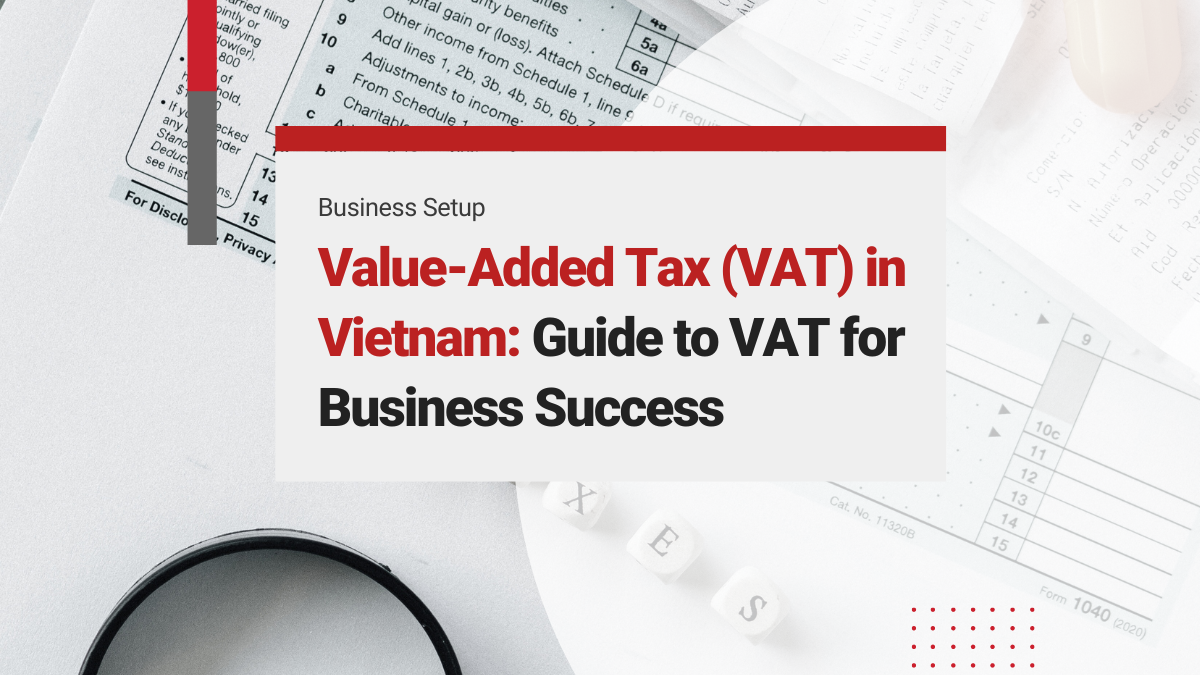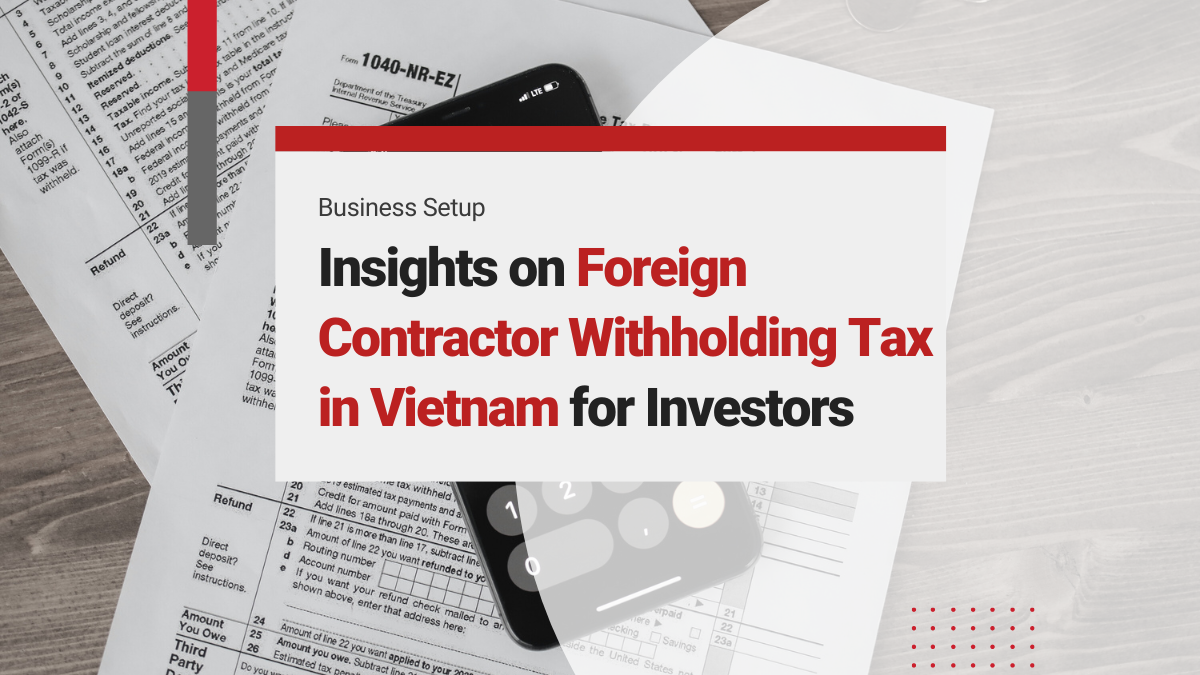Vietnam happens to be one of the United States’ biggest business partners in the Southeast Asian region. The two countries have accomplished several milestones together since the mid-1990s and billions of dollars have been invested in postwar reforms. With the recent visit of the Vietnamese Prime Minister, Pham Minh Chinh to the U.S.-ASEAN Special Summit, investments in Vietnam shall upgrade from a comprehensive to a strategic partnership. It will further give a boost to the country’s economy as well as its global presence. Given the strengthening ties and rising trade opportunities, many U.S. investors are exploring company incorporation in Vietnam as a gateway to expand their regional presence.
Free Trade Agreements with the U.S.
Vietnam entered into a Bilateral Trade Agreement (BTA) in 2000 with the United States which was enforced in 2001. This culminated in Vietnam’s inclusion in the WTO in 2007. Being a member of the Association of South East Asian Nations (ASEAN), Vietnam is also bound to make contributions toward making this region lucrative for business as per the clauses of the ASEAN Free Trade Area (AFTA).
Investing in Vietnam? See InCorp Vietnam’s One-stop Incorporation Services for Foreign Firms
Economic Statistics on Trade between the US and Vietnam
Today, Vietnam and the U.S. are dependent on each other to meet their respective markets’ demands. Here is an overview of the trade in goods and services industry between these two countries in the year 2020:
| Country | Total Trade (A+B) | Exports (A) | Imports (B) | Trade Deficit |
| US | US$92.2 billion | US$12.1 billion | US$80.1 billion | US$68 billion |
| Vietnam | US$89.5 billion | US$9.9 billion | US$79.6 billion | US$69.7 billion |
As per a report released by the Department of Commerce, the trading in goods and services sector in the country created approximately 65,000 jobs in the year 2019.
Exports from the US to Vietnam
Vietnam was in the 28th position on the list of the largest goods American export market in 2020. The American goods exports to Vietnam in 2020 were 167% more than in 2010.
• The top few categories of export (2-digit HS) in 2020 were:
| Electrical machinery | US$2.1 billion |
| Cotton | US$1.2 billion |
| Plastics | US$544 million |
| Food waste and animal feed | US$484 million |
| Machinery | US$473 million |
• The total agricultural exports made by the U.S. to Vietnam summed up to US$3.4 billion in 2020. The most prominent export categories were:
| Cotton | US$1.2 billion |
| Soybeans | US$425 million |
| Distillers grains | US$284 million |
| Dairy products | US$185 million |
| Other feeds, meals and fodders | US$155 million |
In 2020, the American exports of services to Vietnam were approximately US$2.2 billion 79% more than 2010. Major services exported from the U.S. to Vietnam were in technology, transportation travel, and other services sectors.
Read Related: Starting a Limited Liability Company (LLC) in Vietnam
Imports from Vietnam to the US
In 2020, Vietnam was the 6th largest importer of goods to America. The sum of total goods imports to the U.S. from Vietnam amounted to US$79.6 billion, 19.8% more than in 2019 and 436% up from 2010. These imports were almost 3.4% of the total U.S. imports in 2020.
• The most important categories (2-digit HS) in 2020 were:
| Electrical machinery | US$27 billion |
| Furniture and bedding | US$9.9 billion |
| Knit apparel | US$7.1 billion |
| Machinery | US$6.8 billion |
| Footwear | US$6.5 billion |
• In 2020, the U.S.’s import of agricultural goods from Vietnam was US$2.1 billion. Vietnam became the 20th largest supplier of agricultural imports. The most popular categories of imports are :
| Tree nuts | US$1.1 billion |
| Unroasted coffee | US$275 million |
| Spices | US$203 million |
| Sugars, sweeteners, beverage bases | US$71 million |
| Dog and cat food | US$70 million |
In 2020, imports of services from Vietnam to the U.S. were around US$461 million. It was 62.9% less than 2019, but 27% more than 2010 levels. Prominent import services were in transportation and tourism, and management and professional services sectors.
Trade Balance
According to the USTR, the trade deficit in goods that the U.S. has with Vietnam was worth US$69.7 billion in 2020, 25.3% more than in 2019. However, it had a surplus of US$1.7 billion in the service sector in 2020.
Read More: Guide to Vietnam’s 16 Active Free Trade Agreements (Updated August 2023)
US FDI contribution to Vietnam’s economy
After the remediation measures taken in 1995 and after joining the WTO, Vietnam has drawn many foreign investors, especially from the United States. Its foreign direct investment in Vietnam has increased from US$1 billion in 2011 to US$2.6 billion in 2019. In the aftermath of the trade war with China since 2017 many U.S.-based firms are flocking to Vietnam. Apart from its strategic geographical leverage, the country relies on its highly qualified and skilled workforce to draw in more funds. Thus, it is a direct beneficiary of the ongoing trade war between the U.S. and China.
In order to increase US investment in Vietnam, the country has implemented several plans and policies to augment the investments as reported by the State Department’s 2020 Investment Climate Statement on Vietnam. According to Resolution 55 issued by the local government, it plans to lure foreign investors by easing regulations and increasing its bureaucratic efficiency.
Moreover, in 2019 with the passing of the Securities Law, the government took measures to lift the limits of foreign ownership. It has introduced the Labor Code which makes labor contracts flexible. Being one of the few countries whose economy achieved a 2.9% growth rate during the recession period of 2020, Vietnam’s resistance to the pandemic makes it a popular investment alternative amongst foreign investors.
An area that American investors need to be wary about in this country could be its pervasive cybersecurity regulations which aim to curtail free speech. Although this law was approved in 2019, it is yet to come into effect. The new cyberspace will provide restricted access to the internet which will be an issue for those companies that fall back on uninhibited access to it.

clients worldwide

professional staff

incorporated entities in 10 years

compliance transactions yearly






